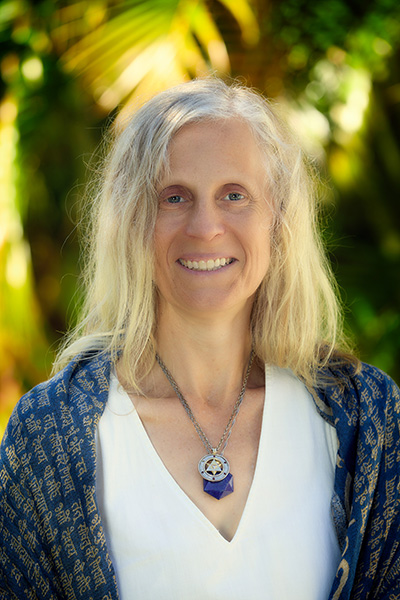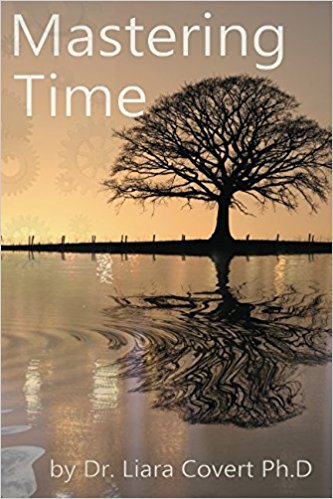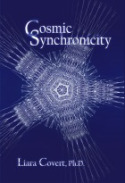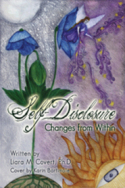Kids teach us some clinchers
 Wednesday, April 4, 2007 at 9:57AM
Wednesday, April 4, 2007 at 9:57AM It's common for people to dream of knowing more about the environment, but how do we react to what we do know? You may be startled to discover more and more kids regularly consult world maps and climate details on Google Earth. Geography is now a more popular school subject than history. Why do you think so? Where adults traditionally felt a need to teach children tools and principles for them to survive, youngsters are suddenly turning around to offer their wisdom and ideas to adults.
Younger generations feel increasingly inter-connected to the fate of our terrestrial environments and to individuals they've never met. Proactive young people set an example to remind us that no matter how much information we have about our environment, we may never feel its enough. Yet, everyone can still become an environmentalist with a cause based on what they know now.
Young people demonstrate that caring for our future begins as a mindset in each of us. As you nuture that attitude, and convince yourself you have the power to make a difference, you will seek like-minded people somwhere on the globe, and inspire meaningful, innovative projects that preserve and restore environments.
1) Circumstances do not have to hinder your abilities. Wherever you are, you can learn and raise awareness about what others can do to reverse global warming and help mitigate disasters. During the 2004 tsunami which devastated southeast Asia, children from varied backgrounds, as young as 10 were the true heros. They knew tsunami early warning signs, and acted quickly to warn people on beaches. The humble efforts of children saved lives even if the actions didn't necessarily result in prime media coverage or new policy. What do kids teach us about our priorities?
2) Adolescence doesn't have to hold you back from assisting the planet. As the result of efforts of teen Dutch school kids who challenged themselves, they and the Dutch public have devised ideas to surpass European Union minimum Kyoto Protocol goals of 8% reduction in energy use. These teens boldly challenged bureaucrats to reduce their consumption and energy use with high success. Vehicles at the Ducth environment ministry will also only run on natural gas by spring 2007. Teens also create their own non-governmental organisations (NGOs) linked to U.N. agencies like UNEP to undertake their own grass roots projects. What does this teach us about barriers we may construct between people and leaders? Are they not like us?
3) Limited means do not have to disconnect you from the planet . Students in diverse areas of the globe are communicating with other schools through Internet projects. School children in industrial countries initiate projects to assist with fundraising and building new structures for kids in schools they have never visited in the Middle East, Africa, South America and remote central Asia. Kids in developing country schools also reach out through international organisations and pen pals. What does this teach us about our understanding of distance, limitations, human emotional connection and ingenuity? Do we not often limit our own potential?
4) Geography doesn't have to blind you from environmental reality. One visionary school in metropolitan Melbourne, Australia challenged its students to foresee and react to possible change. It designed a country campus to educate students who never thought their future would be closely tied to rural life. A key focus became a special building called Wadambawilam or "learning place." This functional example of sustainable living has had facilities to grow food and resources, while it has been designed for maximum insulation, using solar panels and windmills for power. What do futuristic projects like closed biodomes teach us about our current energy and consumer choices? Could imagining life-sustaining environments prompt us to build and live this mindset?
5) Seasonal school breaks don't have to be unproductive. More and more kids desire to attend eco-summer camps. They connect with nature, return to school energized, and come to demand recycling programs. Young people are proactive in asking to integrate environmental realities into curriculums. They vote for field trips to places like farms and factories to learn where plant and animal products come from. They inquire about visiting dumps and council compost projects. High school students initiate independent study that include sustainability projects in greenhouses, hydroponics, tree planting and wilderness restoration. They speak out on how their schools and homes can reduce waste and consumption. What does this say about our awareness of our own lifestyles and lean toward alternatives?










